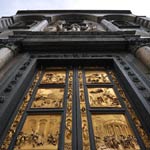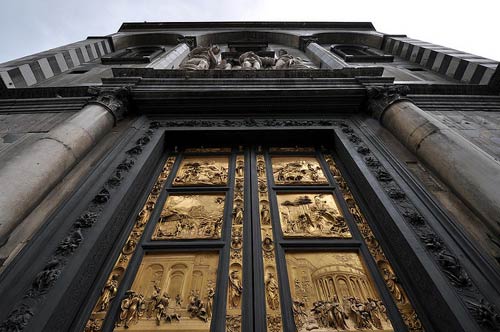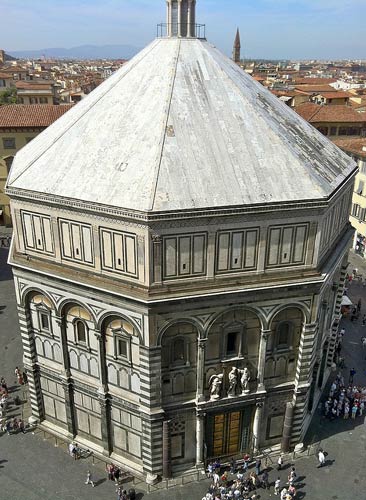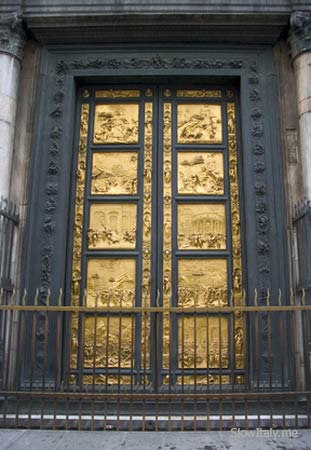‘Gates of Paradise’ finally to be unveiled in Florence after 27 years
After more than 27 years, the restoration of Ghiberti’s ‘Gates of Paradise’ has been completed and the results will finally be unveiled to the public. Dubbed the ‘Gates of Paradise’ by Michelangelo, who was struck by their remarkable beauty and grandeur, the priceless bronze and gold doors of the Florence Baptistery are one of the masterpieces of the early Renaissance, even in all of Western art, according to experts. Lorenzo Ghiberti himself said: “It is the most singular work I have ever made and it was finished with all art measure and skill”.
The doors, divided up into 10 panels, each with a story from the Old Testament, were built between 1426 and 1452 and are located on the east side of the baptistery. Actually, the original doors have been replaced by copies since 1990, while the original ones have been kept in the Museo dell’Opera del Duomo. They had been removed once already in 1943 during World War II and then again for restoration after the flood of 1966.
Originally the Gates of Paradise were to have 28 figural panels and follow the quatrefoil design, as in the earlier sets of Baptistery doors located on the north side of the minor basilica, but this plan was scaled down to 10 panels, probably due to aesthetic concerns. Each of the 10 panels is surrounded by a border with 48 tiny images, including a self-portrait of the artist and representations of the prophets.
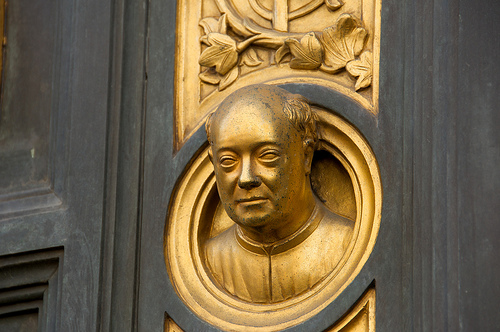
Unlike the northern gates, the ‘Gates of Paradise’ are more naturalistic, with a new approach to human figure and perspective. The three panels that best illustrate this new approach are the Solomon, Joseph and Isaac.
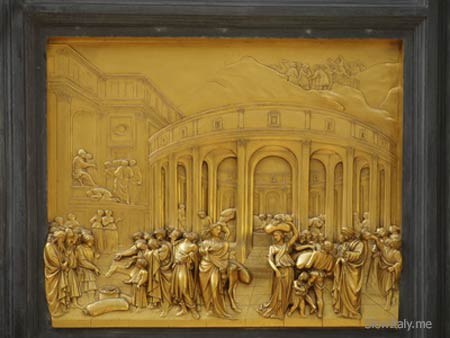
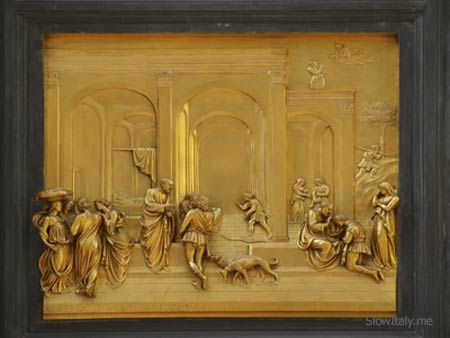
Note that the north gates, first on the east side, were moved to the northern side after completion of the ’Gates of Paradise’ because the latter were considered so perfect artistically speaking that they were placed at the main entrance, on the east side, facing the Cathedral. The frame of the first door, however, remained on the east side, forcing Ghiberti’s team to complete a new frame in all haste, which is still apparent from the details of the north gates’ frame.
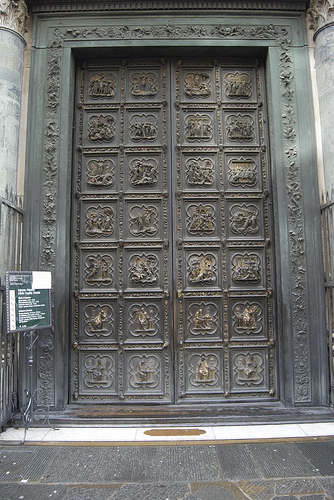
To create his bronzes, Ghiberti used the lost-wax casting (cire perdute) technique, a technique of bronze-casting used by the ancient Romans that the artist re-invented. He used a bronze alloy that was somewhat more difficult to cast than other bronzes of the period, but that was much more receptive to gilding. His training as a goldsmith allowed him to further perfect his technique and develop his innovative approach in creating a masterpiece.
The restoration, which took almost as long as it took Ghiberti and his assistants to make the gates, was carried out by Florence’s Opificio delle Pietre Dure. Important new insights into the fabrication process and the evolution of Ghiberti’s imagery and techniques that came to light during the restoration process (using new laser techniques) may be revealed in the future.
The Gates will now be permanently on display in the Museo dell‘Opera del Duomo from September 8 on, Culture Minister Lorenzo Ornaghi said this week.
You might also like:
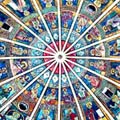
Parma Baptistery: a testimony of that unique moment in time when Romanesque became Gothic

9 Art Cities in Emilia Romagna

